Two months into ‘ownership’ and the 2024 Subaru Solterra Touring is fitting into my everyday life very nicely.
So far the Japanese brand’s fully-electric mid-size SUV has proven to be an ideal urban commuter, but questions still remain about its value equation, which you can read all about in the first instalment of this EV Guide long-term review.
In this second edition, though, I will detail the Solterra’s exterior and interior designs, and deep-dive its practicality – an all-important factor for a mid-size SUV. And yes, I’ll even provide a brief update on energy consumption and how to best optimise it. Let’s get to it!
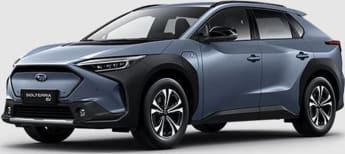
More individual than you think
It’s true: the Solterra is twinned with the Toyota bZ4X, in the same way the Subaru BRZ and Toyota 86 sports cars have been for two generations now. And when I say ‘twinned’, I mean it.
Before ‘owning’ the Solterra – and badging aside – I could barely tell the difference between it and the bZ4X from the outside, and definitely not from the inside. That said, it occurred to me the other day when I saw a bZ4X in traffic that it is quite clearly different to the Solterra I was piloting at the time.
To be fair, I have grown familiar with the Solterra’s design over the past two months, so a non-owner will likely still confuse it with a bZ4X, or vice-versa, in passing.
.jpg)
So, let me explain exactly how the Solterra differs from the bZ4X. Firstly, there’s the front end, where the Subaru has a hexagonal but blanked-off ‘grille’, whereas the Toyota doesn’t imitate an internal-combustion model in the slightest.
Then there’s the LED headlights, with the Solterra opting for C-shaped DRLs, while the bZ4X has a hook-like signature. The front bumpers are also bespoke, with the Subaru’s featuring fog lights, while the Toyota’s goes without. Both have horizontal slats, though. Overall, I prefer Brand T’s cleaner front-end design.
From the coupe-style side, there’s no avoiding the hideous black plastic wheel-arch cladding on the Solterra or bZ4X. It’s the one design element that has drawn the most attention – for all the wrong reasons. But as you’d expect, the alloy wheel designs are unique. However, two of the other similarities are the roof rails and a split tailgate spoiler.
.jpg)
Yet at the rear, the Solterra has C-shaped tail-lights, whereas the bZ4X’s items are tighter and linked by a light bar. The black plastic rear bumpers are shared, though. So, are either of the exterior designs attractive? Styling is subjective, but I can’t say I’m overly impressed with the fussiness throughout, particularly with the Subaru.
Inside, the Solterra stands out from the crowd with a steering wheel that has a flat bottom and top, which is pretty unusual. Meanwhile, the bZ4X sticks with the classic round shape. I appreciate Subaru's different approach, as it’s nice to be surprised (or challenged) every so often. Either way, that’s the end of the list of differences.
As for the rest of the Solterra’s interior design, it’s equal parts pleasing and disappointing. In the positive column is the simple but effective rotary-dial gear selector (just push and twist to select). There’s also the use of grey fabric for the prominent dashboard insert.
.jpg)
It’s nice to see EVs that put alternative materials front and centre. That said, black synthetic leather upholstery still covers the seats and armrests in the Touring grade being tested here.
What I dislike, though, is the Solterra’s extensive use of gloss-black plastic on the centre console and stack, door armrests and steering wheel. The fingerprint-magnet surface is exactly where you regularly put your hands. Can we please move on from this trend already?
Secondly, while it is nice to see a soft-touch plastic adorning the door shoulders in the first and second rows, the hard material framing the cupholders in the centre console is one of the cheapest and nastiest I have seen in a car costing more than $70,000. Yes, it's that bad. In fact, even the centre cap of the steering wheel is unacceptably low rent.
The ‘floating’ 12.3-inch central touchscreen goes some way in making up for these missteps, with its large size, high clarity and general ease of use appreciated. Yes, there’s even physical climate controls!
I’m even a big fan of the high-mounted 7.0-inch digital instrument cluster, with it negating the need for a head-up display. It might lack map functionality due to its relatively small size, but it makes me wonder why this style of set-up isn’t more prevalent.
Lots of space – but maybe not where you want it
When it comes to practicality, the Solterra impresses with its large and airy cabin, and great visibility, but its overall packaging leaves a little to be desired considering its 4690mm length (with a 2850mm wheelbase), 1860mm width and 1650mm height.
In its first row, the Solterra gets a large open tunnel below its centre console, with two USB-C ports and a 12V power outlet handily incorporated.
On the bridge directly above are two cupholders, which are preceded by a wireless smartphone charger and a USB-A port, both discreetly covered by a lid. Speaking of which, the large central cubby behind is lidded and has a handy removable bin. Nice.
.jpg)
What isn’t so nice, though, is the inexplicable lack of a glove box. A sunglasses holder is also missing in action. And then there’s the digital rear view mirror, which is a needless gimmick – until your rearward view is mostly blocked for whatever reason, be it tall second-row passengers or cargo.
In the second row, the door bins generously accommodate one regular and one small bottle each, much like they do in the first row. This generosity also extends to the legroom, with several inches available behind my 184cm driving position. There’s also a little more than 2.0cm of headroom on offer in spite of the panoramic sunroof.
The very short central tunnel means footwell space is plentiful, although three adults will only want to travel abreast on short journeys.
Alternatively, child seats can be fitted using either the two ISOFIX or three top-tether anchorage points. Either way, the central air vents at the rear of the centre console will help keep occupants warm or cool. Better yet, the outboard rear seats have heating functionality, too.
Amenities-wise, there’s a fold-down armrest with two cupholders and a useful device holder in the middle. Elsewhere, map pockets are affixed to the rear of the front seat backrests.
The Solterra’s boot has a relatively small cargo capacity of 410L, although it does have a flat floor with no load lip, meaning heavy items can be handled with relative ease.
This holds true when the rear storage area is expanded by stowing the 60/40 split-fold rear bench using the within-reach manual release latches. The retractable parcel shelf can also be removed easily.
While you get two bag hooks there are only two tie-down points at the front of the boot to help secure loose cargo. Underfloor storage is also available, but it’s only large enough to accommodate the driver’s manual (remember there’s no glove box up front) and not much else.
That’s a problem because it would otherwise be the best place for the Solterra’s onboard charging cables, which annoyingly can’t be stored in the frunk – because there isn’t one. Thi is such a shame considering it's availability in rival models – bZ4X excluded, of course.
.jpg)
To coast or not to coast?
I was feeling experimental in month two with the Solterra.
As you may already know, I am a massive fan of one-pedal drive modes in EVs, so much so that I rarely entertain any other level of regenerative braking.
That said, I felt it my journalistic responsibility to find out if coasting and using the friction brakes full-time – as you would in an internal-combustion model – is the more energy-efficient method.
.jpg)
Firstly, I missed one-pedal drive, which reaffirmed how I’ve moved on from the internal-combustion style of driving – but I digress.
Point being, after about 150km of urban commuting, my average energy consumption with the lowest possible level of regenerative braking enabled was close to 20kWh/100km, nearly 10 per cent higher than I achieved in month one with the Solterra’s version of a one-pedal drive mode exclusively.
To further illustrate my point that one-pedal drive modes are where it’s at, by the end of month two I had travelled 723km in total in the same conditions and brought down my average to a more acceptable 18.8kWh/100km, or a real-world driving range of 380km.
.jpg)
Knowing what I know now, I will be making a point in month three to achieve my best average energy consumption with the Solterra yet, so stay tuned for that.
Speaking of which, in the third and final instalment of this EV Guide long-term review, I’ll finally share my all-important drive impressions of the Solterra, and share my final verdict on it. See you then!
Acquired: June 13, 2024
Distance travelled this month: 723km
Odometer: 6098km
Average energy consumption this month: 18.8kWh/100km
Subaru Solterra 2024: Touring Awd
| Engine Type | Not Applicable, 0.0L |
|---|---|
| Fuel Type | Electric |
| Fuel Efficiency | 0.0L/100km (combined) |
| Seating | 5 |
| Price From | $66,660 - $76,670 |
| Safety Rating |
|
Range and Specs
| Vehicle | Specs | Price* |
|---|---|---|
| Awd | Electric, 1 SPEED AUTOMATIC | $65,120 - $74,800 |
| Touring Awd | Electric, 1 SPEED AUTOMATIC | $66,660 - $76,670 |





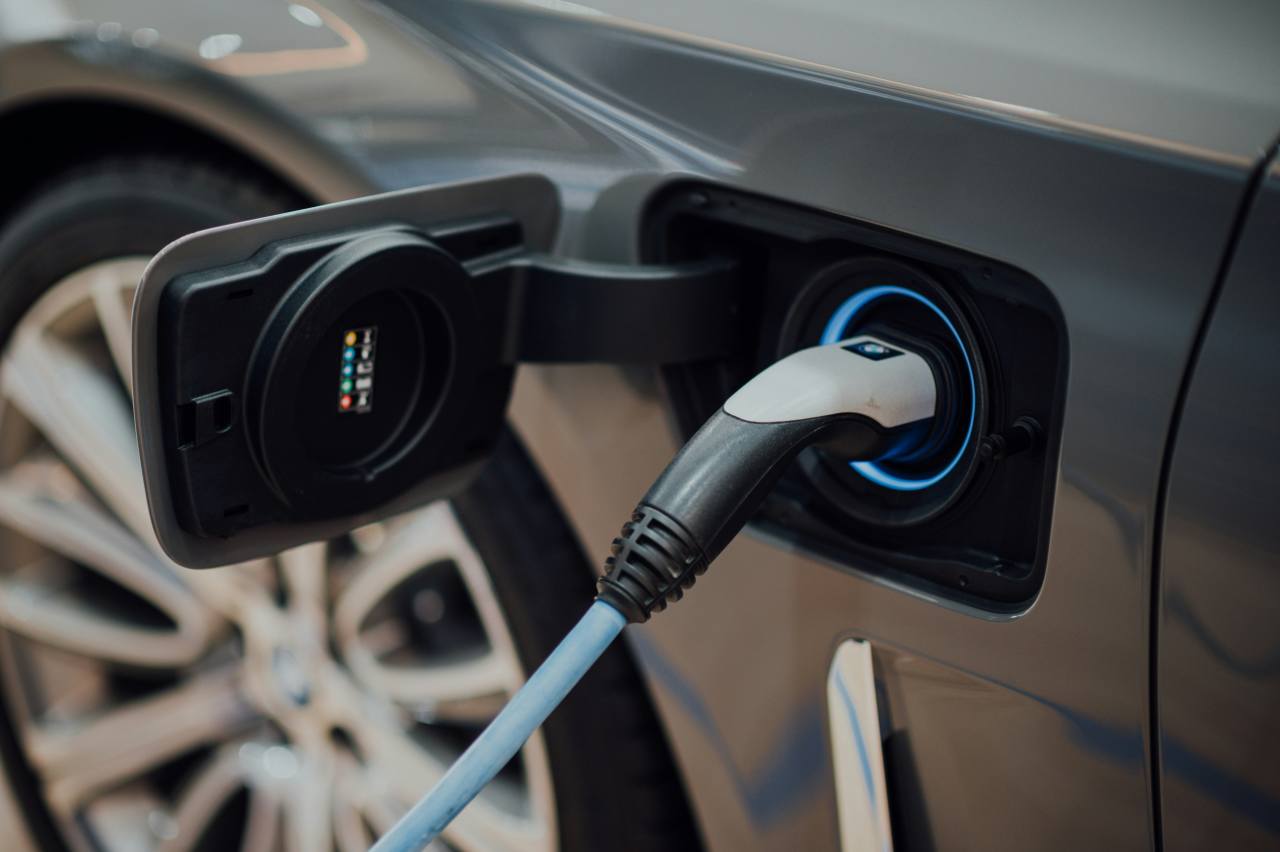
.jpg)

.jpg)
.jpg)
.jpg)
.jpg)
.jpg)
.jpg)
.jpg)
.jpg)
.jpg)
.jpg)
.jpg)
.jpg)
.jpg)
.jpg)
.jpg)
.jpg)
.jpg)
.jpg)
.jpg)
.jpg)
.jpg)
.jpg)
.jpg)
.jpg)
.jpg)
.jpg)
.jpg)
.jpg)
.jpg)
.jpg)
.jpg)
.jpg)
.jpg)
.jpg)
.jpg)
.jpg)
.jpg)
.jpg)
.jpg)
.jpg)
.jpg)
.jpg)
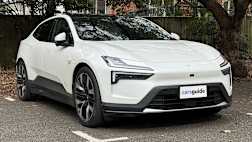
























.png)
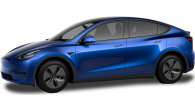







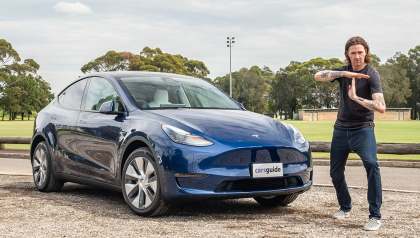




.jpg)
